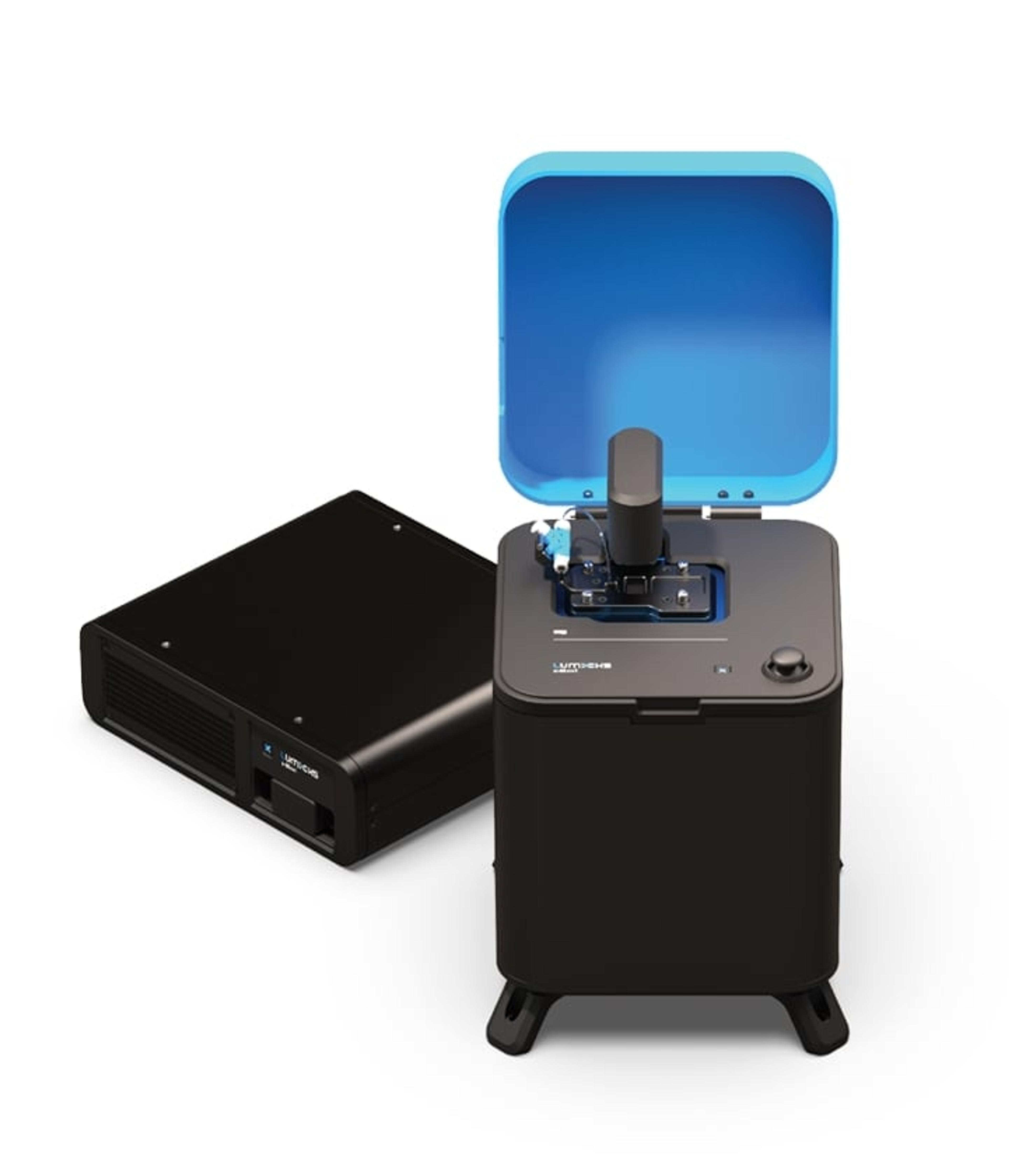CAR T: Dual-targeted cell therapy to prevent relapsed multiple myeloma: Your questions answered
Watch this on-demand webinar to find out how targeting B-cell maturation antigen and GPRC5D simultaneously could help to prevent tumor cell escape
15 Dec 2020

There have been significant advances in the treatment of relapsed multiple myeloma over the past decade, which in turn has resulted in an increase in survival rates. A very promising and novel approach is the application of chimeric antigen receptor (CAR) T cells, which have already demonstrated unprecedented clinical successes in the treatment of pediatric lymphoblastic leukemia.
In this on-demand SelectScience webinar, hear from experts Dr. Carlos Fernández de Larrea, Associate Professor of Medicine at the University of Barcelona, and Dr. Rogier M. Reijmers, Principal Scientist at LUMICKS, Amsterdam, to find out how targeting BCMA and GPRC5D simultaneously with T cells engineered to express CARs specific for these antigens may prevent tumor cell escape, resulting in improved survival rates and short-term tumor reduction.
Read on for highlights from the live Q&A with Dr. Reijmers or register to watch the webinar at any time that suits you.
Watch webinarQ: Is multi-channel fluorescence available and what are the compatible dyes?
RR: We currently have a single-channel fluorescence available and this channel is in the far red spectrum. We have optimized one dye, which is the CellTrace Violet from Invitrogen. We are also currently trying other dyes. For the next generation of cell avidity analyzers, we are going to incorporate at least one additional channel.
Q: Would you recommend to measure differences in unspecific binding in a non-target cell line as the first step?
RR: It is always good to include such a control, but the most important control is when you use a target cell line with a specific target to include your negative control effector cells. That is a more important control to identify the background binding in the absence of any TCR or CAR on the cell surface of your effector cells.
Q: How do you control the differences in CAR T expression?
RR: So far, we have performed demos at different laboratories using either CARs or TCRs. We recommend our users to first sort the CAR T and TCR T cells to purity using MACS sorting or a flow cytometer, which will get more than 95% purity with high expression. We do not have to correct for the cell surface expression. We are currently unable to distinguish between the different expression levels. As I mentioned in the first question, we are now working on additional channels so that you can use one channel for the expression level of your CAR or TCR, and the other channel will be used for tracking the cells.
Q: Can you also use suspension cells to adhere to your chips?
RR: Yes. Our chip has a glass surface which we coat with poly-L-lysine. This is also a substrate for suspension cells like B cell malignancies, which is a very important target cell population in the immunotherapy fields. We have optimized our chip for two of the most used target cells, which are NALM-6 and Raji. These just readily stick to the glass surface, which is coated with poly-L-lysine.
Q: Can we use this device to sort cells for downstream analysis?
RR: We have the cell avidity analyzer that can only analyze the binding strength between individual cell pairs. As I described at the beginning of this webinar, you will get single-cell information. That will tell you what force is required to detach a single T cell or any other effector cell from the target monolayer cell. For now, you are unable to sort them.. We are currently working on a device extension to get a functional sorter which will take one to two years.
Q: Did you try any other effector cell types?
RR: Yes. We have also worked with NK cells, which works well and correlates with their function. We had a collaboration where we worked with mouse cells and bone marrow-derived dendritic cells which were cultured and seeded. We came back with OT-1 T cells from the mouse.
Q: Do you need to optimize the effector:target ratio?
RR: In contrast to the most used functional assays like cytokine release or cell killing assays, they do require optimization of effectir:target ratio. In our case, we only look at the very beginning of the interaction of a CAR T or TCR T cell with a target cell. Then we measure the initial formation of this interaction, which reflects the start of an immunological synapse. For that reason, you do not require an optimized effector:target ratio because you are looking at single-cell pairs.
Q: Can you explain how the z-Movi technology can be used for T cells and bi-specific antibodies?
RR: These are experiments that we have done performed with several different companies. First, we pre-incubate the T cells with a saturation condition of bi-specific antibodies or biomolecules, then flow in the coded effector cells into the chip with the target monolayer, and then perform the analysis of interaction strength with the z-Movi. That has worked well for us.
Q: How often can you use the chip?
RR: The chip is based on a piezo-element, which vibrates when you add voltage to that. The quality in time goes down a bit. We can guarantee that you can do 125 runs on one chip, and then the quality declines.
Q: Do you need to buy the software separately?
RR: When you buy a z-Movi, we also provide a computer with a keyboard, mouse, etc., and there's also software installed on it, which goes with the z-Movi. It contains a license but can be readily used throughout the whole company. There is no restriction, so everybody can have this software on their computer.
Learn more about dual-targeted cell therapy: Watch on demand>>
SelectScience runs 10+ webinars a month across various scientific topics, discover more of our upcoming webinars>>

